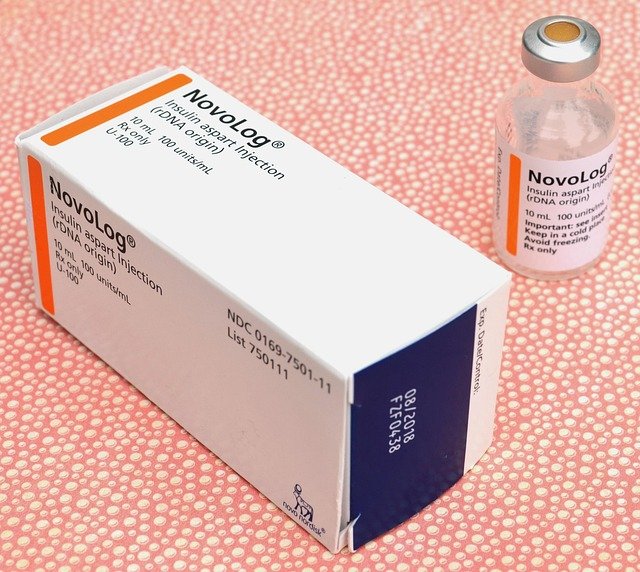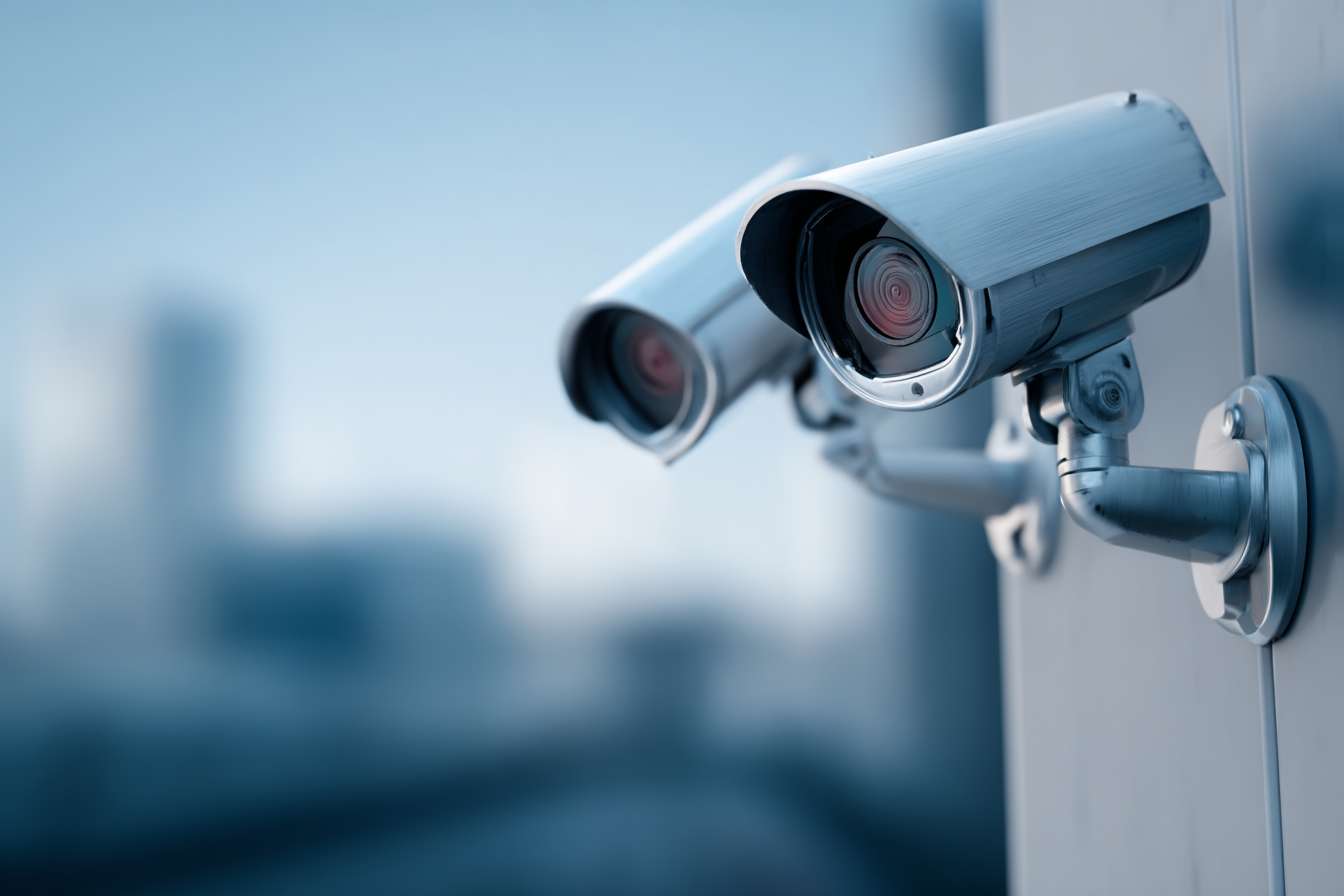Migraine Treatment Options
Migraines affect approximately 39 million people in the United States, causing debilitating headaches that can severely impact daily life. Understanding the various treatment approaches available is crucial for those seeking relief from this neurological condition. Modern medicine offers multiple strategies ranging from preventive medications to lifestyle modifications, each designed to address different aspects of migraine management and provide patients with comprehensive care options.

What Are the Most Effective Chronic Headache Relief Methods?
Chronic headache relief typically involves a combination of immediate and long-term strategies. Acute treatments focus on stopping migraine attacks once they begin, while preventive approaches aim to reduce frequency and severity. Over-the-counter pain relievers like ibuprofen, acetaminophen, and aspirin can provide relief for mild to moderate migraines. However, prescription medications such as triptans are often more effective for severe episodes, working by constricting blood vessels and blocking pain pathways in the brain.
Preventive medications include beta-blockers, anticonvulsants, and antidepressants, which are taken daily to reduce migraine frequency. These medications require consistent use and close medical supervision to achieve optimal results and minimize side effects.
How Do Advanced Treatments For Chronic Migraines Work?
Advanced treatments for chronic migraines represent cutting-edge approaches that have revolutionized migraine care. CGRP (calcitonin gene-related peptide) inhibitors are among the newest preventive treatments, specifically designed to block the protein that triggers migraines. These injectable medications, administered monthly or quarterly, have shown remarkable success rates in clinical trials.
Botulinum toxin injections offer another advanced option for chronic migraine sufferers. The FDA-approved treatment involves multiple injections around the head and neck every three months, effectively reducing migraine frequency by blocking nerve signals that contribute to headache development.
Neuromodulation devices provide non-pharmaceutical alternatives, using electrical or magnetic stimulation to interrupt pain signals. These FDA-approved devices can be used at home and offer drug-free relief for patients who prefer to avoid medication side effects.
What Migraine Symptom Management Techniques Provide Relief?
Migraine symptom management extends beyond medication to include various non-pharmacological approaches. Stress management techniques such as meditation, deep breathing exercises, and progressive muscle relaxation can significantly reduce migraine triggers. Regular sleep schedules, maintaining consistent meal times, and staying adequately hydrated form the foundation of effective symptom management.
Identifying and avoiding personal triggers plays a crucial role in symptom management. Common triggers include certain foods, hormonal changes, bright lights, strong odors, and weather changes. Keeping a detailed migraine diary helps patients and healthcare providers identify patterns and develop personalized management strategies.
Cold or heat therapy can provide immediate relief during migraine attacks. Many patients find that applying cold compresses to the head or neck, or using heat on tense shoulder and neck muscles, helps alleviate pain and associated symptoms.
Which Types of Migraine Therapy Show the Best Results?
Migraine therapy encompasses various approaches, with cognitive behavioral therapy (CBT) showing particularly promising results. CBT helps patients develop coping strategies, identify thought patterns that may contribute to stress-related triggers, and build resilience against migraine-related disability. Studies demonstrate that CBT can reduce migraine frequency by up to 50% in many patients.
Biofeedback therapy teaches patients to control physiological functions typically considered involuntary, such as muscle tension and blood flow. This technique helps patients recognize early migraine warning signs and implement relaxation techniques to prevent full-blown attacks.
Acupuncture has gained recognition as an effective complementary therapy for migraine prevention. Research indicates that regular acupuncture sessions can reduce migraine frequency and intensity, particularly when combined with conventional medical treatments.
| Treatment Type | Provider/Method | Key Features | Estimated Cost Range |
|---|---|---|---|
| CGRP Inhibitors | Aimovig, Emgality, Ajovy | Monthly/quarterly injections, high efficacy | $575-$695 per month |
| Botulinum Toxin | Botox (medical practices) | Quarterly injections, FDA-approved | $300-$600 per session |
| Neuromodulation | Cefaly, gammaCore devices | At-home use, drug-free | $250-$500 for device |
| Prescription Triptans | Imitrex, Maxalt, Zomig | Fast-acting, acute treatment | $15-$50 per dose |
| Preventive Medications | Generic options available | Daily use, multiple drug classes | $10-$200 per month |
Prices, rates, or cost estimates mentioned in this article are based on the latest available information but may change over time. Independent research is advised before making financial decisions.
Treatment selection depends on individual factors including migraine frequency, severity, response to previous treatments, and personal health conditions. Healthcare providers typically start with first-line treatments and adjust approaches based on patient response and tolerance. The goal is to find an effective combination that provides maximum relief with minimal side effects.
Many patients benefit from a comprehensive approach that combines preventive medications, acute treatments, and lifestyle modifications. Working closely with healthcare providers specializing in headache medicine ensures access to the most current treatment options and personalized care strategies.
This article is for informational purposes only and should not be considered medical advice. Please consult a qualified healthcare professional for personalized guidance and treatment.




